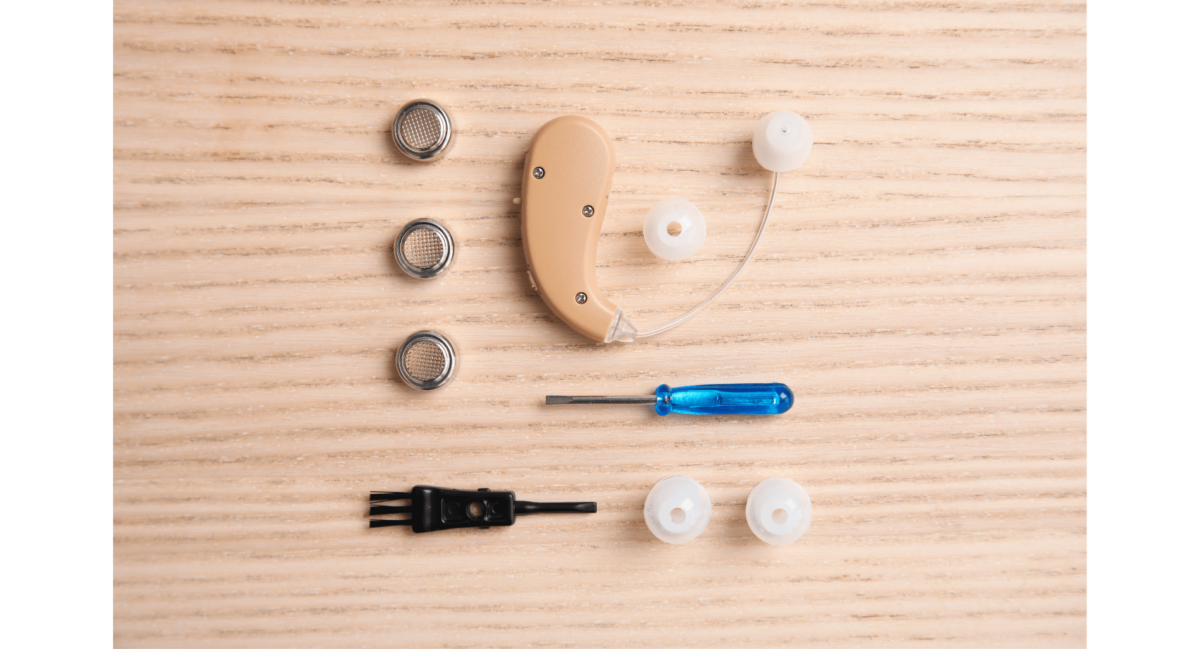Ensuring that hearing aids are well-maintained is not just about keeping them clean. Regular maintenance helps prevent common issues that could impair their functionality. Everyday activities expose hearing aids to sweat, dirt, moisture, and ear wax, which can affect their performance.
Daily Cleaning Routine
Establishing a daily cleaning routine is the first step in maintaining hearing aids. At the end of each day, gently wipe them with a soft, dry cloth to remove any accumulated dust or debris. Avoid using water or cleaning solvents, as moisture can damage electronic components.
Most hearing aids come with a small brush designed for cleaning. Use this brush to remove any wax or dirt from crevices. Ensure the brush is clean before use, as reintroducing dirt can lead to further complications.
Proper Storage
Proper storage is vital to protect one’s hearing aids from damage when not in use. Store them in a cool, dry place, away from direct sunlight and heat sources. It is beneficial to use a dehumidifier designed for hearing aids. This device will remove moisture, which is one of the leading causes of damage.
Avoid wearing hearing aids while swimming, showering, or in heavy rain. If moisture does get into the hearing aids, promptly remove the batteries and leave the device open in a dry place to air out.
Battery Care
Batteries are the lifeline of hearing aids, and their care is paramount. Regularly check the battery compartment for signs of corrosion. Clean it carefully if any residue is found. Removing the batteries at night can help extend their life and prevent potential damage from leaking batteries.
Be aware of the battery life and change them promptly when indicated by the hearing aid. Using fresh, high-quality batteries can prevent power loss and inconsistent performance issues.
Regular Professional Check-ups
Scheduling regular check-ups with a hearing health professional is essential. Professionals can clean and inspect hearing aids for any underlying issues that might not be visible to the naked eye. They can also recalibrate the settings to ensure optimal performance.
Bi-annual check-ups are typically sufficient for most users, but more frequent visits may be necessary if there are ongoing issues or if the hearing aids are used in particularly harsh environments.
Avoiding Damage
Being mindful of activities that could harm one’s hearing aids is a proactive approach to maintenance. Dropping the device, exposure to chemicals, or rough handling during sports or physical activities can all cause damage.
When handling hearing aids, do so with care. Place them on a soft surface when changing batteries or cleaning. This simple habit can prevent accidental drops and subsequent damage.
Conclusion
Proper maintenance of hearing aids involves a combination of daily care, correct storage, battery management, and regular professional check-ups. Addressing issues promptly and handling the devices with care extends their life and ensures they provide the best possible performance. With these tips, hearing aids will continue to function well, helping individuals better understand the world around them.

